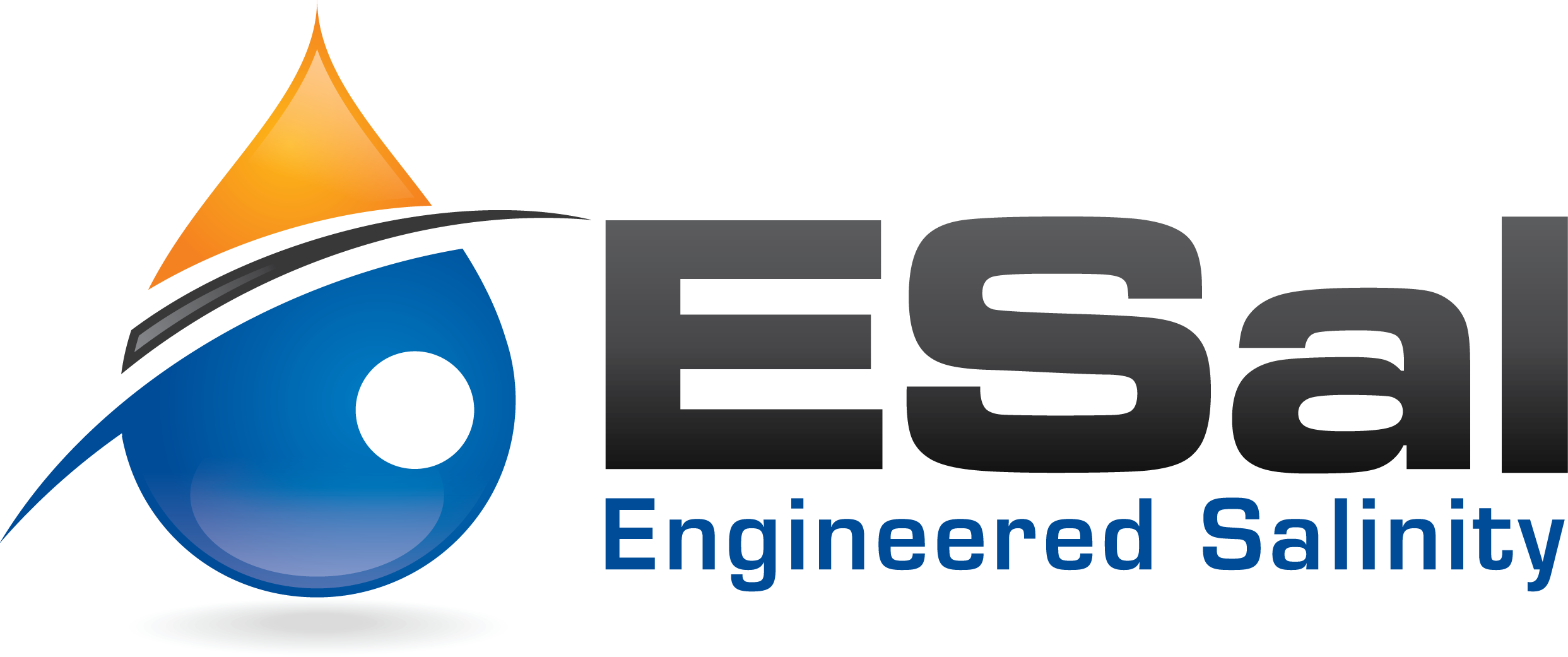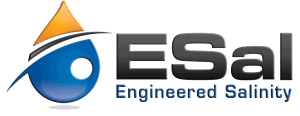One of the most common questions we receive is – What is Wettability and Why is it Important?
Wettability describes the preference of a solid surface to be in contact with one of two or more fluid phases. Wettability in the petroleum reservoir refers to the preferential adhesion of crude oil or reservoir brine to the rock surfaces. This property controls the flow of oil and water in reservoirs.
Reservoirs have an optimum wettability that maximizes oil production, but few reservoirs start in this condition.
Neutral wettability is the optimum condition, where oil and water move equally well through the porous medium. Under neutral conditions, oil drainage is maximized during the reservoir drive and the waterflood stages of production.
In strongly oil-wet reservoirs, oil is not mobile even under waterflood. In contrast, water-wet reservoirs inhibit oil movement because water-wet pore throats shrink the effective diameter as the capillary force of water clinging to the rock resists oil movement through the throat and snaps off the oil phase, stranding mobile oil.

Figure 1 provides a visual concept to understanding this phenomenon: the greater the shift from oil-wet or water-wet to neutral-wet, the greater the recovery.
Current techniques to improve wettability involve expensive chemical surfactants. In contrast, the Engineered Salinity™ solution from ESal shifts the reservoir’s wettability to achieve this optimal state by changing the salinity of the injection water. In simple terms, ESal engineers the salinity of injection water to increase oil recovery without using chemicals of any kind.
Because not every reservoir has attributes conducive to this process, however, it is necessary to test the salinity sensitivity of the target reservoir before proceeding to field-wide deployment.
At ESal, we perform specialized laboratory testing to understand the relationship between many rock and oil types. These tests identify reservoirs with saline-sensitive wettability and can determine the optimum salinity for recovery.
 Figure 2 is an example of the laboratory concept. This is a visual representation of wettability alteration with changes in salinity. The test tubes on the left show a water-wet reservoir where most rock grains sink into the water phase. The test tubes on the right show an oil-wet reservoir where the rock grains adhere to the floating oil. The test tube in the middle show neutral wettability where equal numbers of grains float in the oil as sink in the water. This is the ideal state where oil recovery is maximized.
Figure 2 is an example of the laboratory concept. This is a visual representation of wettability alteration with changes in salinity. The test tubes on the left show a water-wet reservoir where most rock grains sink into the water phase. The test tubes on the right show an oil-wet reservoir where the rock grains adhere to the floating oil. The test tube in the middle show neutral wettability where equal numbers of grains float in the oil as sink in the water. This is the ideal state where oil recovery is maximized.
Finally, the effectiveness of using water with the optimal salinity not only can help produce more oil, but also gives you the knowledge to avoid negative outcomes during completion and production. By assuring the right water is engineered for your field, you can produce more oil and alleviate the chance of reservoir damage by shifting wettability to less favorable conditions
Our question we pose to you is, Is your water the Right Water?
Contact an expert at ESal today to learn more about how Engineered Salinity can help you increase oil production.

